Madness and Creativity
$22.46
Description
Analyst and author Ann Belford Ulanov draws on her years of clinical work and reflection to make the point that madness and creativity share a kinship, an insight that shakes both analysand and analyst to the core, reminding us as it does that the suffering places of the human psyche are inextricably–and, often inexplicably–related to the fountains of creativity, service, and even genius. She poses disturbing questions: How do we depend on order, when chaos is a necessary part of existence? What are we to make of evil–both that surrounding us and that within us? Is there a myth of meaning that can contain all the differences that threaten to shatter us?
Ulanov’s insights unfold in conversation with themes in Jung’s Red Book which, according to Jung, present the most important experiences of his life, themes he explicated in his subsequent theories. In words and paintings Jung displays his psychic encounters from1913-1928, describing them as inner images that “burst forth from the unconscious and flooded me like an enigmatic stream and threatened to break me.”
Responding to some of Jung’s more fantastic encounters as he illustrated them, Ulanov suggests that our problems and compulsions may show us the path our creativity should take. With Jung she asserts that the multiplicities within and around us are, paradoxically, pieces of a greater whole that can provide healing and unity as, in her words, “every part of us and of our world gets a seat at the table.” Taken from Ulanov’s addresses at the 2012 Fay Lectures in Analytical Psychology, Madness and Creativity stands as a carefully crafted presentation, with many clinical examples of human courage and fulfillment.
Author: Ulanov, Ann Belford, Foreword by: Rosen, David H
Topic: Psychology
Media: Book
ISBN: 1603449493
Language: English
Pages: 136
Additional information
| Weight | 0.65 lbs |
|---|---|
| Dimensions | 8.7 × 5.7 × 0.6 in |


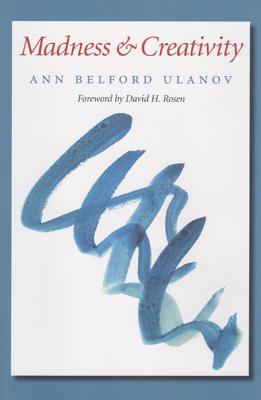

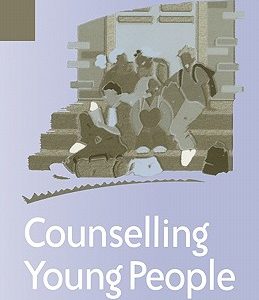
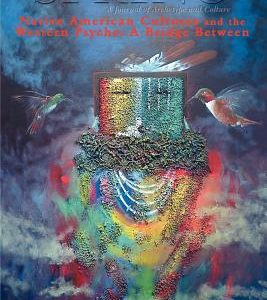
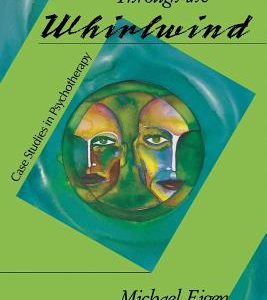
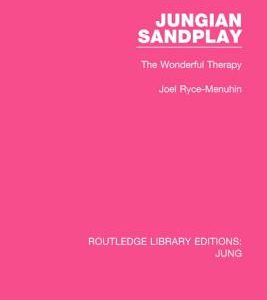
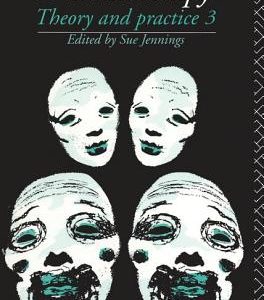
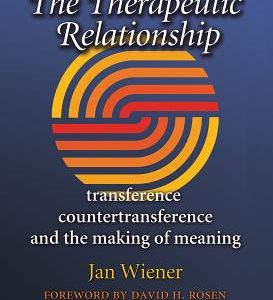

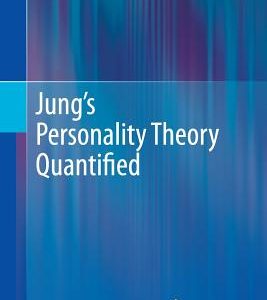

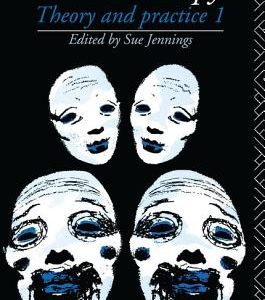
Reviews
There are no reviews yet.